- Learning time
- 30 minutes
- First play time
- 120 minutes
Mission: Red Planet
Designed by: Bruno Cathala,Bruno Faidutti
Mission: Red Planet has a kind of steampunk aesthetic, re-imagining conquest of Mars not as a NASA-led confection of complicated maths, but more a Keystone Cops escapade, with players jostling for seats on various rockets, sabotaging each other and claiming various territories on the red planet for themselves. It’s fun of a fairly chaotic kind, although not without some control.
Mars itself sits on the table with it’s various territories clearly marked (including the orbiting moon of Phobos). Also on the table are a bunch of empty rockets (how many depends on how many players you have) that will automatically launch when full. Each player begins with an identical hand of cards: there are nine in total, and in each of the game’s ten rounds you’ll play just one of them: initially, face-down on the table. When everyone has done so, the starting player begins a countdown, with each numbered card revealed (and activated) when called. We won’t list all the cards here, but they can be summed up with one word: shenanigans. Cards that load astronauts onto rockets. Cards that kick astronauts off rockets. Cards that cause rockets to launch early (before they’re full). Cards that let you kill off astronauts on Mars or Phobos, or move astronauts from territory to territory. Cards that give you hidden, point-scoring objectives. Cards that allow you to play ‘discovery’ tokens to a region, which could be good or bad. Cards that do some other, probably irksome for your opponents, type-thing, such as . Cards that let you take back previously-played cards into your hand, which are otherwise lost to you.
The objective is to be controlling (by majorities) the various territories on Mars during the three scoring phases, at which point players harvest the resources there (resources = points). As the game progresses, more resources are found, so it’s possible more than one player (if tied for majority) will be grabbing stuff. In the third and final scoring phase, there’s a bonus for the player with the most ice (the least valuable resource) then all discovery tokens are revealed and implemented, and hidden objectives scored. The player with the most points wins!
The guru's verdict
-
Take That!
Take That!
Plenty. Despite the minimal direct combat, the entire undertaking has the air of a bunfight, with every decision loaded with more risk than potential.
-
Fidget Factor!
Fidget Factor!
Pretty low once you're up to speed: mechanically, it's play a card, and activate it.
-
Brain Burn!
Brain Burn!
But if the mechanisms are simple, the path to success lies more in 'reading' the table and trying to second-guess opponents - not always easy in a game state that is constantly fluctuating!
-
Again Again!
Again Again!
If you like the controlled chaos of Mission Red Planet, then each play has enough inherent difference in just how the cards get played. But beyond that you also have the discovery tokens to add both variation and spice.




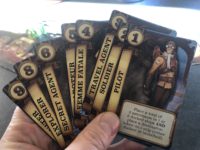
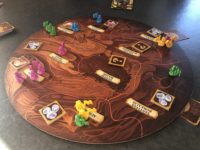
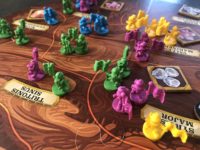
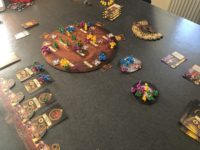


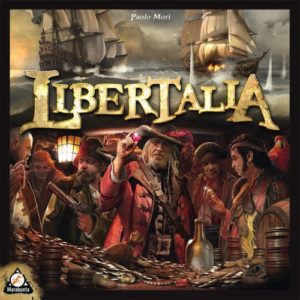

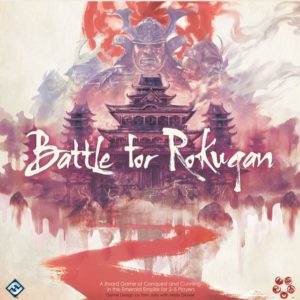
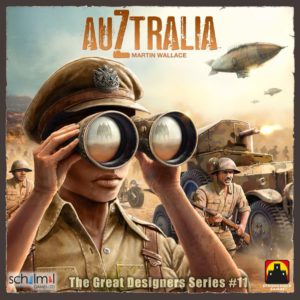
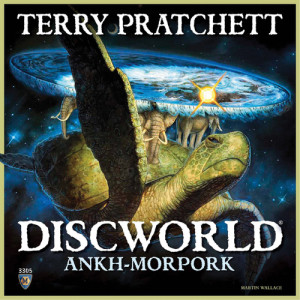

Sam says
I enjoy the madcap vibe of Mission: Red Planet and it's inherently combative flavour. It's fun, silly, and - assuming some familiarity - relatively speedy, especially for 3-4 players, which I think is the player count it works best with. On the other hand, the nine cards and what they do are just enough for me to feel never quite in control of what I'm doing, and while I don't need (or want) total control to enjoy a game, Mission Red Planet feels so loaded with possible eventualities that I sometimes just felt like I was playing a game of chance, where the card I played was rather closer to a hopeful decision than an informed one. But that's just me, and others may be able to look at what everyone has played, the state of the board, and have a shrewder idea of what was going on than my own sense of cognitive overload with all the possibilties. For me, a fun 45 mins for three, but not a game to seek out with more players.